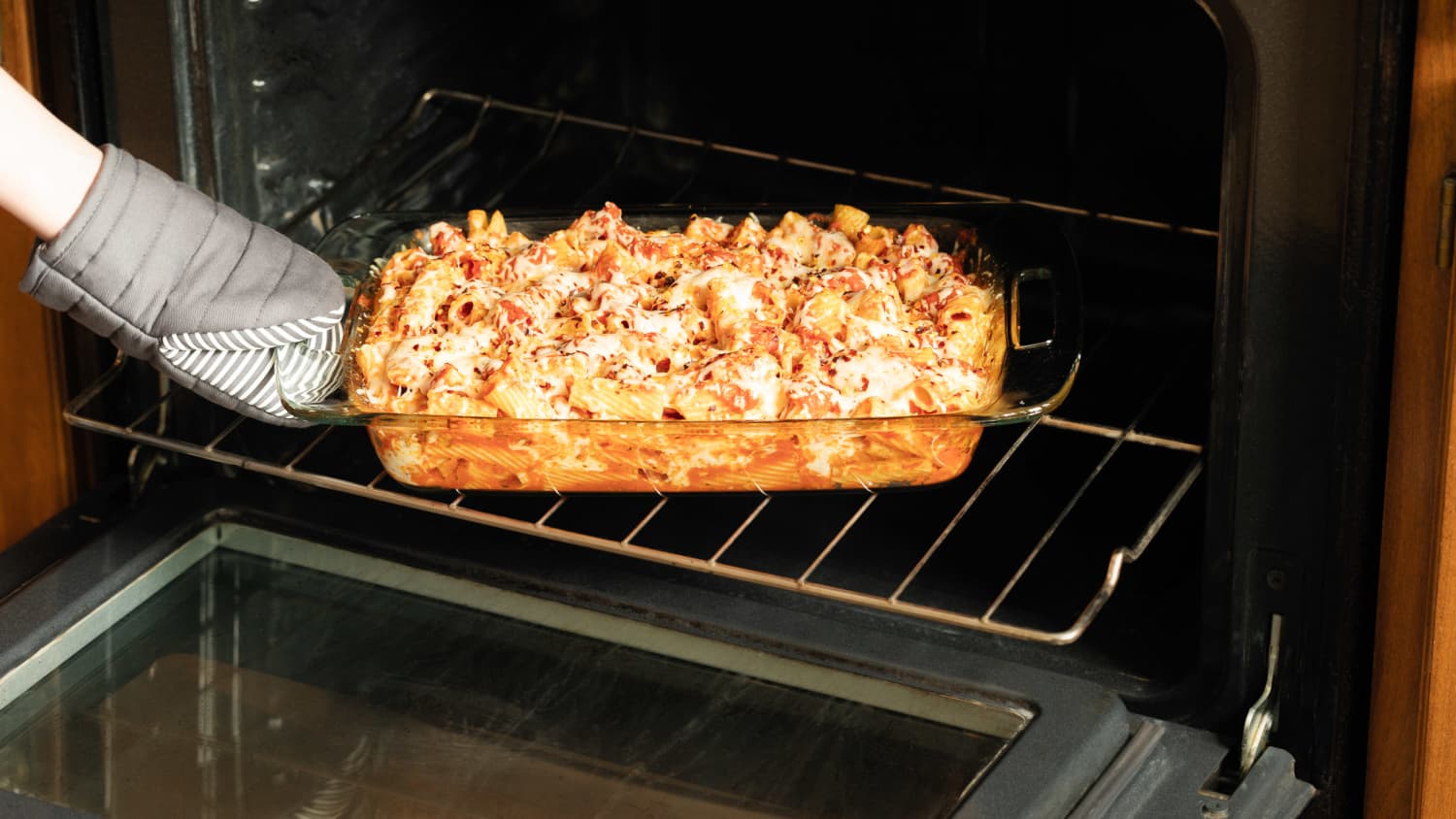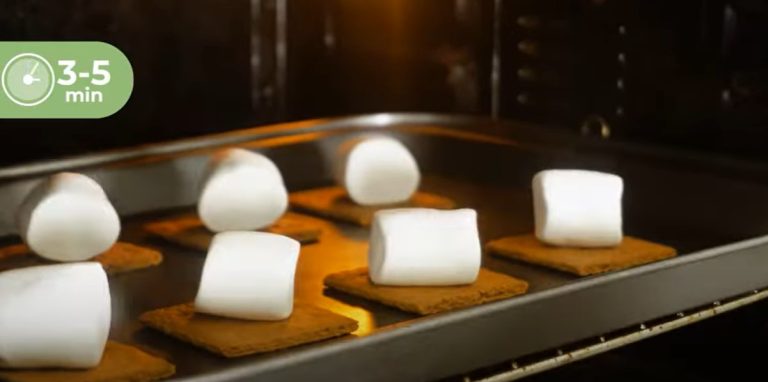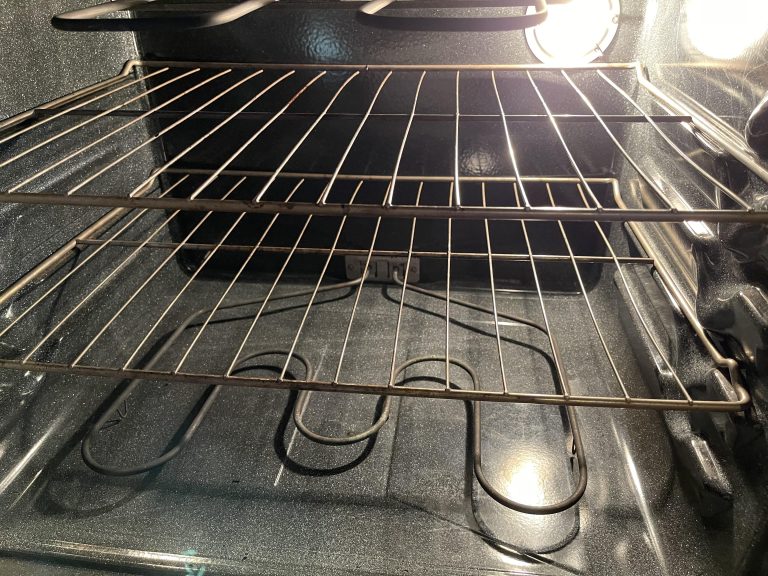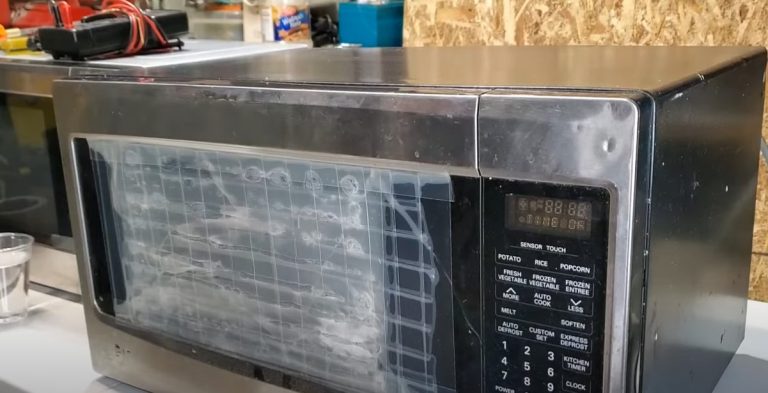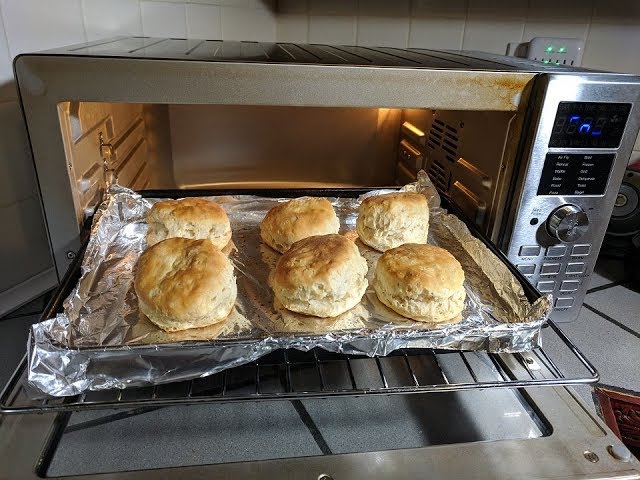Can You Cook Pyrex in the Oven? Unveiling the Truth
Imagine you’re preparing a delicious meal for your loved ones, and you reach for your trusty Pyrex dish. But then, a question pops into your mind: Can you cook Pyrex in the oven?
This is a common concern among home cooks like you, eager to avoid any kitchen mishaps. Your Pyrex dishes are undoubtedly a staple in your kitchen, known for their versatility and durability. Yet, understanding how to use them safely is crucial for ensuring your culinary creations turn out perfectly.
We’ll unravel the mystery surrounding Pyrex and its oven-friendliness. You’ll discover what makes Pyrex unique, learn the dos and don’ts, and arm yourself with tips to keep your dishes intact and your meals delicious. By the end, you’ll feel confident using Pyrex in your oven, ready to impress with your cooking prowess. Don’t miss out on these essential insights—your next masterpiece awaits!
Can You Cook Pyrex in the Oven?

Credit: www.onegoodthingbyjillee.com
Pyrex Material Composition
Pyrex is made from borosilicate glass, known for its durability and heat resistance. It’s safe for oven cooking, but avoid sudden temperature changes to prevent breakage. Always preheat the oven and use Pyrex according to instructions for best results.
Cooking with Pyrex in the oven can be a game-changer, but understanding its material composition is essential for safe and effective use. Pyrex, a household name, is often praised for its durability and versatility. However, misconceptions about its material can lead to kitchen mishaps. Let’s dive into what makes Pyrex unique.
Understanding The Glass: Borosilicate Vs. Soda-lime
Did you know that Pyrex products were originally made from borosilicate glass? This type of glass is known for its exceptional heat resistance and minimal thermal expansion. It’s why vintage Pyrex can handle temperature changes without breaking. However, many modern Pyrex items are made from soda-lime glass, which is more common and less expensive. While still oven-safe, soda-lime glass requires more careful handling to avoid sudden temperature changes.
Why This Matters For Your Baking
Knowing the type of glass your Pyrex is made from can influence your cooking decisions. If you’re using newer Pyrex made from soda-lime glass, avoid transferring it from the freezer directly into a hot oven. The rapid temperature shift can cause it to shatter. Always allow it to come to room temperature first. For those with vintage borosilicate glass, this isn’t as much of a concern, but caution is still wise.
Identifying Your Pyrex Type
How can you tell if your Pyrex is borosilicate or soda-lime? Check the label or packaging if available. Products made in the United States post-1998 are typically soda-lime. Another clue is the weight; borosilicate tends to be lighter. If you’re unsure, err on the side of caution and treat it as soda-lime to prevent accidents.
Personal Experience: A Lesson In Glass Composition
Once, I used a Pyrex dish straight from the refrigerator to the oven, not realizing it was soda-lime glass. The result? A shattered dish and ruined dinner. Since then, I always check the type of Pyrex I’m using. This small step saves time and hassle, ensuring that my meals come out perfectly cooked and intact. Understanding Pyrex’s material composition is more than just a fun fact—it’s a key to unlocking its full potential in your kitchen. Are you ready to make the most of your Pyrex?
Heat Resistance Properties
Pyrex dishes boast excellent heat resistance, making them suitable for oven use. Their robust glass composition withstands high temperatures without breaking. Always check for specific guidelines on your Pyrex dish to ensure safe cooking practices.
Cooking with Pyrex can be a game changer, especially when you’re looking for reliable cookware that can withstand high oven temperatures. Understanding the heat resistance properties of Pyrex is crucial for safe and effective use. You might wonder if your Pyrex dish can handle the heat. Let’s explore the specifics.
What Makes Pyrex Heat Resistant?
Pyrex is made from borosilicate glass, known for its ability to endure high temperatures without cracking. This material allows Pyrex dishes to be used safely in the oven. You can confidently bake your favorite lasagna or roast vegetables without worrying about the dish breaking. Pyrex is generally safe up to 450°F (232°C). However, it’s essential to avoid sudden temperature changes. Imagine pulling a hot dish from the oven and placing it directly on a cold countertop. This could lead to thermal shock, causing the glass to shatter. Always let your dish cool gradually.
Practical Tips For Oven Use
Here are some tips to ensure safe cooking with Pyrex: – Preheat your oven: Always place your Pyrex dish in a preheated oven to minimize stress on the glass. – Avoid stovetop use: Pyrex is not designed for direct stove-top cooking, so stick to the oven. – Use protective gear: When removing hot Pyrex from the oven, use oven mitts to prevent burns.
Personal Experience: Learning The Hard Way
Once, I placed my Pyrex dish on a wet countertop straight from the oven. The dish shattered spectacularly, leaving my dinner in ruins. It was a tough lesson in understanding heat resistance and avoiding thermal shock. Don’t let this happen to you—handle your Pyrex with care!
Questions To Consider
Do you always preheat your oven before using Pyrex? How do you avoid thermal shock in your kitchen? Share your tips and tricks with us! Understanding and respecting the heat resistance properties of Pyrex not only ensures your safety but also enhances your cooking experience. With these insights, you can make the most of this versatile kitchen staple.
Safe Temperature Limits
Cooking with Pyrex in the oven offers ease and versatility. Understanding safe temperature limits is crucial for best results and avoiding damage. Pyrex, a popular kitchen glassware, can withstand oven temperatures but requires careful handling.
Safe Temperature Limits For Pyrex
Pyrex is designed to handle heat up to 450°F. This range is safe for most baking and roasting tasks. Exceeding this limit risks damaging the glass, causing it to shatter.
Consistency In Temperature
Consistent oven temperatures help prevent Pyrex from cracking. Sudden changes in temperature can stress the glass. Always preheat your oven before placing Pyrex inside.
Importance Of Cooling And Heating Gradually
Gradual heating and cooling are vital for Pyrex glass. Avoid placing hot Pyrex on cold surfaces. Using trivets or cloths can protect it from temperature shocks.
Avoid Direct Heat Sources
Pyrex should not be placed directly on stovetops. Direct heat can cause uneven expansion and breakage. Use Pyrex only for oven cooking or as serving dishes.
Quality Of Pyrex Matters
Older Pyrex models may differ in heat tolerance. Check the manufacturer’s guidelines for safe usage. Newer models often have improved heat resistance.
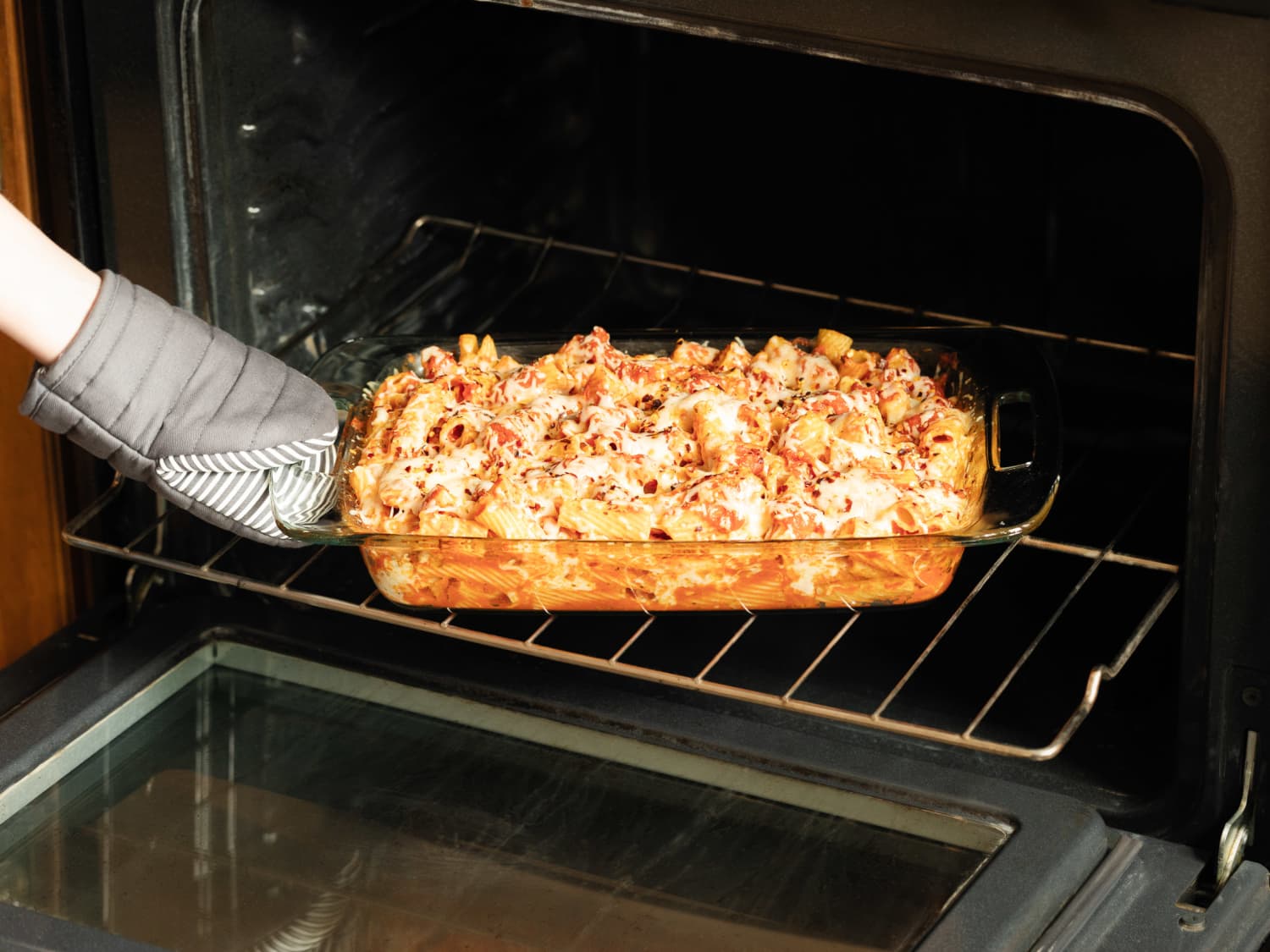
Credit: www.thekitchn.com
Tips For Oven Use
Pyrex glassware is a staple in many kitchens. It’s durable and versatile. But can it go in the oven? Yes, with some care. Using Pyrex in the oven requires attention to detail. The following tips will help you use it safely and effectively.
Check For Damage
Before using Pyrex, inspect it for chips or cracks. Damaged glassware can shatter in the oven. Handle with care to extend its life.
Preheat The Oven
Always preheat your oven before placing Pyrex inside. Sudden temperature changes can cause breakage. Ensure the oven reaches the desired temperature first.
Avoid Direct Heat
Do not place Pyrex on direct heat sources. This includes stove burners and broilers. Direct heat can cause the glass to crack.
Use Room Temperature Food
Avoid placing cold Pyrex in a hot oven. Let refrigerated dishes reach room temperature first. This prevents thermal shock and breakage.
Place On A Rack
Place Pyrex on the middle oven rack. This ensures even heat distribution. Avoid placing it too close to heating elements.
Allow It To Cool
After baking, let Pyrex cool before washing. Sudden temperature changes can damage the glass. Use a trivet or cooling rack.
Follow Manufacturer Guidelines
Always follow the manufacturer’s instructions. They provide important safety information. Ensure you understand the limits of your Pyrex.
Handling And Care Guidelines
Pyrex glassware is a popular choice for baking and cooking. Proper handling and care are crucial for its longevity. Knowing these guidelines helps you use Pyrex safely and effectively in your kitchen.
Understanding Temperature Limits
Pyrex can handle high oven temperatures. Still, it has limits. Avoid sudden temperature changes. This can cause the glass to shatter. Always preheat the oven before placing Pyrex inside.
Avoiding Direct Heat Sources
Do not use Pyrex on stovetops or under broilers. Direct heat can damage the glass. Always use it in the oven or microwave only.
Handling With Care
Handle Pyrex with care to prevent chipping. Use oven mitts when it’s hot. Do not place hot Pyrex on cold or wet surfaces. Allow it to cool gradually.
Cleaning Safely
Pyrex is dishwasher safe. But hand washing prolongs its life. Use mild detergents and soft sponges. Avoid abrasive cleaners that can scratch the surface.

Credit: pyrexhome.com
Frequently Asked Questions
How Do I Know If My Pyrex Is Oven Safe?
Check the Pyrex markings for “oven safe” labels. Ensure it’s not cracked or chipped. Use only Pyrex designed for oven use. Avoid sudden temperature changes to prevent breakage. Always refer to the manufacturer’s guidelines for specific product details.
Is Pyrex Safe For Oven Use?
Yes, Pyrex is oven-safe. It withstands high temperatures. Avoid sudden temperature changes to prevent breakage.
Can Pyrex Shatter In The Oven?
Pyrex can shatter if exposed to sudden temperature changes. Always preheat the oven. Avoid placing hot Pyrex on cold surfaces.
Conclusion
Cooking with Pyrex in the oven is safe. Just follow some rules. Keep the temperature within the recommended range. Avoid sudden temperature changes. Use the right size for your dish. Pyrex is strong but not unbreakable. Handle with care to prevent accidents.
Clean it gently after use. Store it properly to avoid damage. Remember these tips for best results. Enjoy baking with confidence. Pyrex offers reliability and convenience. Happy cooking with your Pyrex!
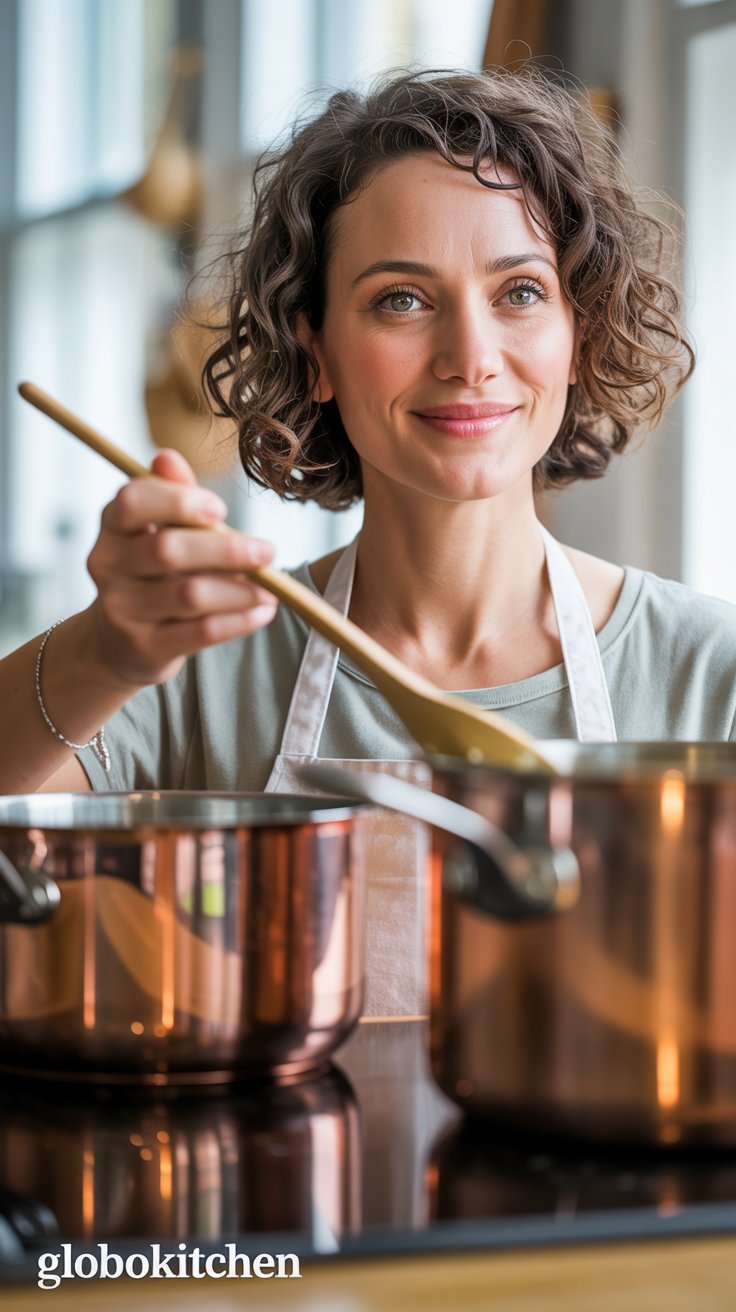
Hi there, my name is Kitty Wilson and I am the founder of Globokitchen.com. Professionally, I am a chef and start my cooking journey since 2009. Stay tuned to get splendid cooking tips, ideas, and hacks

